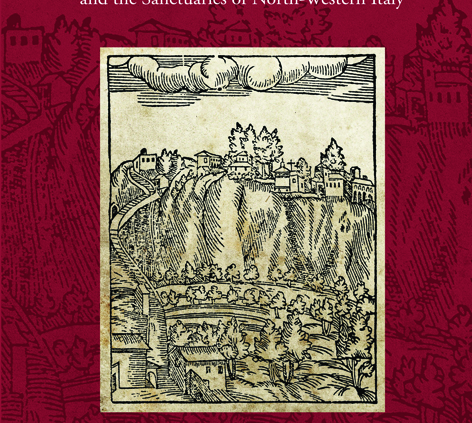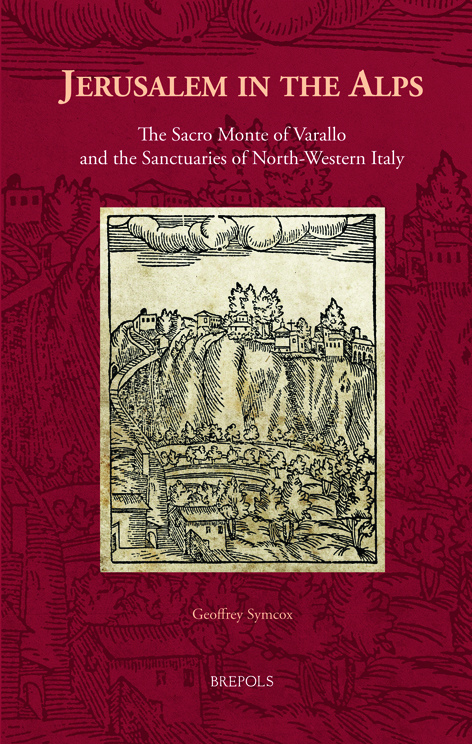Jerusalem in the Alps: The Sacro Monte of Varallo and the Sanctuaries of North-Western Italy
Located in the Italian Alps west of Milan, the Sacro Monte (Holy Mountain) at Varallo are now recognized as monuments of unique artistic significance. This book explores the religious, social, economic, and political contexts of these sanctuaries.
The Sacro Monte (Holy Mountain) at Varallo is a sanctuary in the Italian Alps west of Milan. It was founded in the late fifteenth century by a Franciscan friar, with the support of the town’s leading families. He designed it as a schematic replica of Jerusalem, to enable the faithful to make a virtual pilgrimage to the Holy City if they could not undertake the perilous journey to visit it physically. The Sacro Monte consists of a sequence of chapels containing tableaux of life-size painted terra-cotta figures with fresco backgrounds recounting the life and Passion of Christ. A century later, in the era of the Counter-Reformation, a ‘second wave’ of Sacri Monti was constructed in the north-western Alps, modeled on Varallo, but dedicated to other devotional themes, like the Rosary or the life of St Francis. All these sanctuaries, like Varallo, were the result of local initiatives, initiated by the clergy and the leaders of the communities where they were situated. Like Varallo, they were the work of artists and craftsmen from the alpine valleys, or from nearby Lombardy. Long dismissed as folk art unworthy of serious critical attention, the Sacri Monti are now recognized as monuments of unique artistic significance. In 2003 UNESCO listed nine of them in its register of World Heritage Sites. This book studies their development as the products of the religious sensibilities and the social, economic, and political conditions of the mountain communities that created them.



